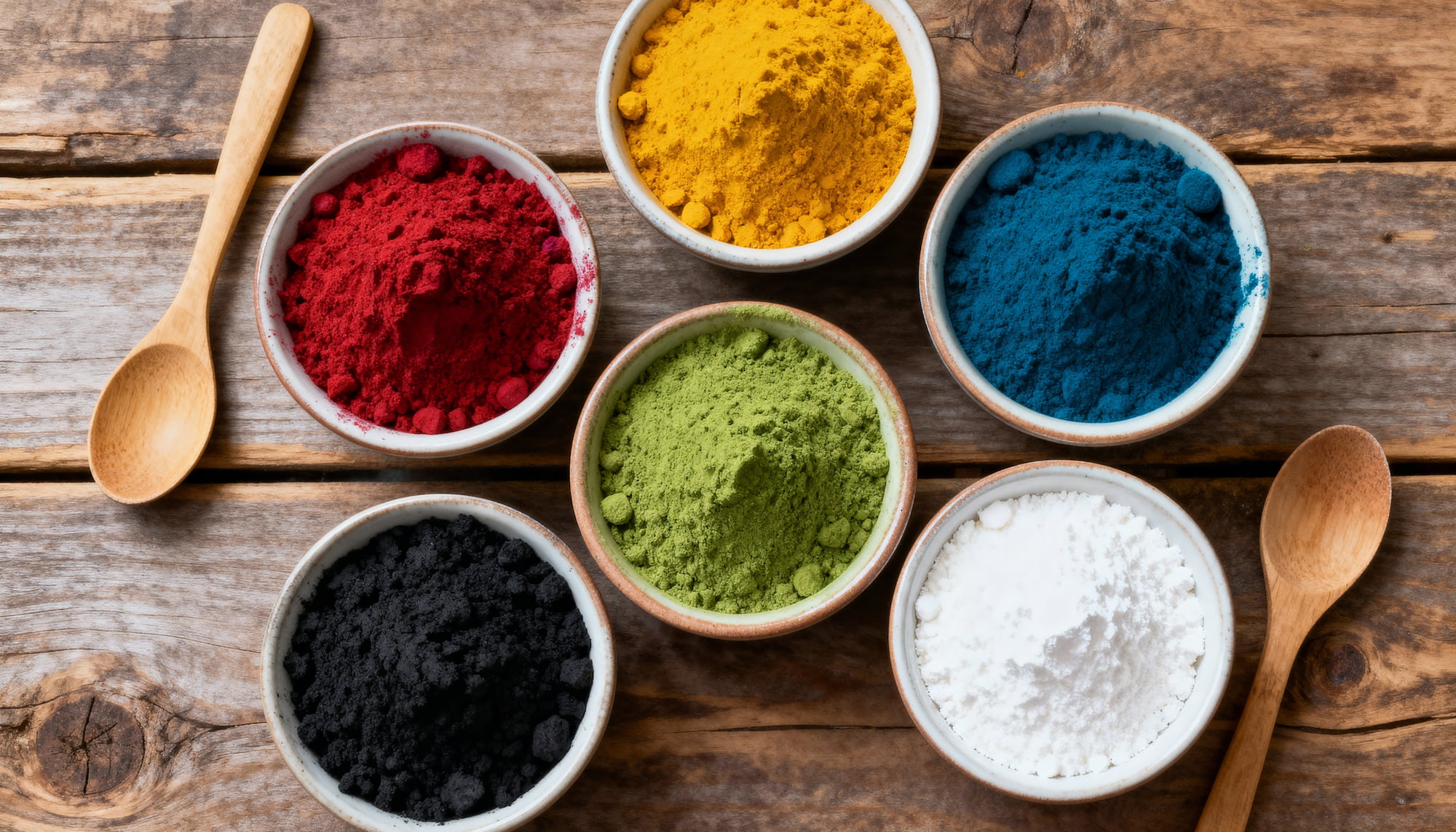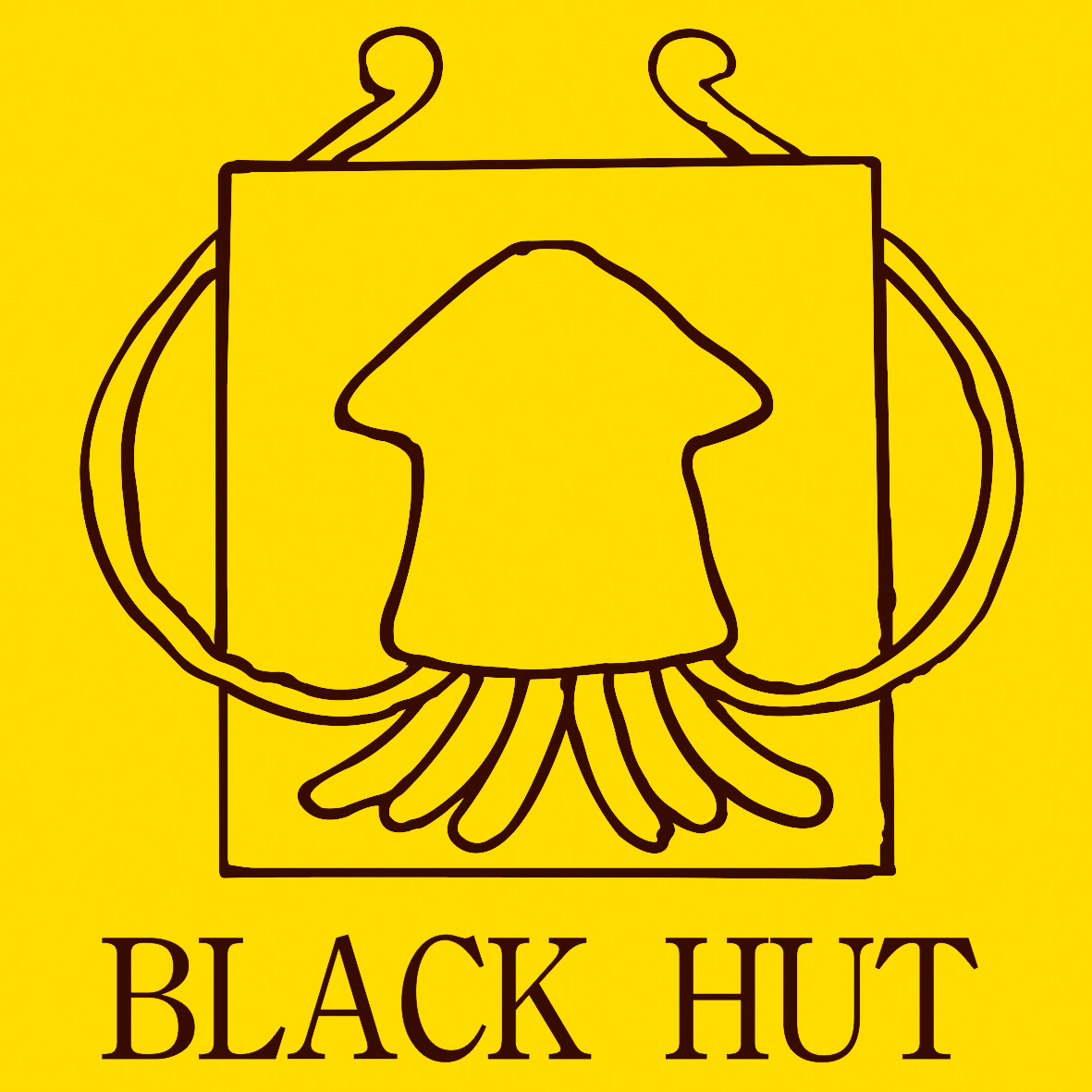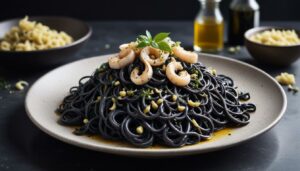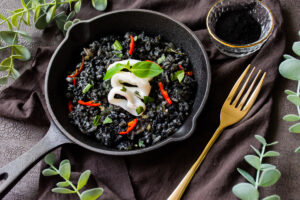
In today’s food industry, color isn’t just about visual appeal—it’s a signal of quality, health, and transparency. Consumers, especially in North America, are becoming increasingly mindful of the ingredients that go into their food, and food colorants are no exception. Synthetic dyes are under growing scrutiny, while natural alternatives are gaining widespread traction—not just in retail products, but also in restaurant kitchens and food manufacturing labs.
At BlackHut, we believe color can be both beautiful and honest. This article explores the shift toward natural food coloring, what’s driving it, and how our natural squid ink products fit into this emerging landscape.
The Rise of Natural Food Coloring: Why Now?
Growing Consumer Demand
The demand for natural food colorants has moved beyond trend status—it’s now an expectation. According to market research, nearly 70% of global consumers believe that products without artificial ingredients are healthier. In the U.S., two out of three shoppers say they’re willing to pay more for food with simple, recognizable ingredients.
The clean label movement is leading the way. Consumers want to know where their food comes from, and that includes the colors used. Transparent labeling, traceable ingredients, and recognizable sources are key to building trust.
Market Trends and Innovations
The natural food colorant market in the U.S. is booming, with a projected CAGR of 9% through 2030. Color categories like red (from beets and tomatoes), yellow/orange (from β-carotene), and blue (from spirulina) are seeing strong growth. Blue spirulina, in particular, has become a favorite in the health and wellness space due to its vibrant hue and nutritional benefits.Meanwhile, major food manufacturers and ingredient brands are innovating rapidly. ADM, for example, launched its PearlEdge™ line of natural white colorants to address the growing concerns around titanium dioxide (TiO₂). Lycored offers tomato-based color and flavor solutions that align with both clean label and functional food trends.
Health and Nutritional Considerations
Consumers are beginning to see natural colorants not just as safer, but also as more nutritious. For example, Lycopene from tomatoes offers antioxidant properties, and blue spirulina is rich in protein and essential vitamins. Similarly, squid ink isn’t just a beautiful black pigment—it also contains minerals, amino acids, and natural umami flavor.
What Happens When Food Coloring Isn’t Natural?
Health and Regulatory Risks of Synthetic Additives
Some synthetic food colorants have become controversial due to potential health concerns. Charcoal, once a trendy “goth” food coloring, has been banned by the U.S. FDA for use in food. The reason? It has not undergone a complete safety evaluation and can interfere with the body’s absorption of nutrients and medications. In 2018, New York City cracked down on cafes selling charcoal-infused food and beverages, signaling a shift in regulation and public perception.
Likewise, titanium dioxide (E171), widely used for bright white coloring, has been banned in the European Union due to concerns over genotoxicity. While not yet banned in the U.S., consumer demand is driving manufacturers to seek safer, natural alternatives.
Synthetics Under Scrutiny by the Public
It’s not just about what regulators allow—public opinion matters more than ever. Words like “modified starch,” “calcium carbonate,” and “artificial dye” can raise red flags for label-conscious consumers. Clean-label shoppers are increasingly wary of “chemical-sounding” ingredients, even if technically approved.
This shift is prompting brands across sectors—from confectionery to beverages—to reformulate their products to be both effective and label-friendly.
The Search for Safe, Clean Alternatives
The food industry is actively seeking natural replacements that deliver both performance and consumer trust. For white, starch-based solutions are replacing titanium dioxide. For red and orange, tomato concentrates offer both color and flavor.
When it comes to darker tones, especially black, the options are far more limited. This scarcity makes the search for a safe, stable, and consumer-friendly black colorant particularly urgent—driving manufacturers and R&D teams to look for solutions that balance safety, functionality, and transparency.
How We Color Naturally: The BlackHut Perspective
Comparing Black Food Colorants
When it comes to black food colorants, the market offers only a few natural options—each with clear strengths and trade-offs:
- Charcoal: Once popular, but banned by the FDA due to safety concerns.
- Squid Ink / Cuttlefish Ink: Traditional, flavorful, but liquid-based and unstable.
- Black Cocoa Powder: Works well in sweet applications, but adds strong chocolate taste.
- Black Sesame: Nutty and popular in Asian cuisine, but weak in color intensity.
- Squid Ink Powder: A stabilized form offering concentrated black color and broader usability.
The table below summarizes and expands on these points with details such as source, flavor, and regulatory status.
| Squid Ink Powder | Squid Ink / Cuttlefish Ink | Black Cocoa Powder | Black Sesame | |
|---|---|---|---|---|
| Source | Squid ink after drying process (Animal-based) | Fresh squid/cuttlefish extract (Animal-based) | Deeply roasted cocoa beans (Plant-based) | Black sesame powder (Plant-based) |
| Color Effect | Deep black, intense, stable | Black, bluish-gray, water-soluble | Dark brownish-black, but not pure black | Grayish-black, less saturated |
| Taste & Aroma | Almost tasteless (if deodorized) | Strong marine flavor, briny | Rich chocolate taste | Nutty, sesame flavor |
| Application Range | Baking, sauces, frozen foods, beverages | Savory dishes, such as pasta and seafood sauces | Desserts, chocolate, cookies | Baking, Asian cuisine |
| Limitations in Application | From seafood source, not suitable for vegetarians or religious restrictions (unless Halal certified) | Difficult to preserve, strong seafood flavor, requires cold chain | Flavor interference, unsuitable for mild-tasting or neutral products | Weak color effect, requires large amounts for visibility |
| FDA Approval as Colorant | Not officially listed as a color additive, but can be used as a food ingredient | Same as left, regarded as traditional food ingredient | Listed as an approved color source (exempt from certification) | Usable but not strong as a colorant, insufficient color depth |
Squid ink stands apart due to its versatility, flavor neutrality in low doses, and cultural relevance in gourmet cuisine.
Why Our Squid Ink Stands Out
As seen in the comparison above, most squid ink on the market is sold in liquid form—unstable, hard to standardize, and often carrying a strong odor. BlackHut set out to change that.
What makes our squid ink series truly different is not just its performance, but its unique position in the natural food colorant landscape:
- One of the few truly edible natural black sources: Cephalopod ink melanin is among the rare natural black pigments suitable for food use, offering both rich color and functional benefits.
- More than just color: Studies show squid ink contains bioactive compounds with antioxidant, antimicrobial, and even immune-supporting properties—making it a functional ingredient as well as a colorant.
- Cultural and culinary recognition: From Spain’s paella negra to Japan’s squid-ink bread, squid ink already enjoys global gourmet credibility. In North America, this translates into both exotic appeal and clean-label value.
- Practical advantages:
- Highly concentrated—just 1% creates a bold black, reducing costs through efficiency.
- Odor-free technology—our proprietary process removes the fishy smell, enabling use in bread, sauces, snacks, and even beverages.
- Internationally certified—produced in Taiwan in an export-ready facility with ISO 22000, HACCP, and Halal certifications, backed by full COAs and safety reports.
- Market-proven—already trusted by chefs and manufacturers in the U.S.
- Nutritional edge—naturally rich in amino acids like taurine and glutamic acid, adding wellness potential beyond color.
Even “Natural” Needs Scrutiny: What to Watch Out For
Natural ≠ Automatically Safe or Transparent
It’s important to remember: not all “natural” labels are created equal.
Some so-called natural colorants may:
- Lack clear traceability
- Trigger allergic reactions
- Be extracted using harsh chemicals
- Vary in performance or shelf life
For R&D teams and purchasing managers, asking for documentation (COAs, origin certificates, allergen declarations) is a key part of due diligence.
What BlackHut Has Done Right
“Natural” doesn’t always mean transparent or reliable. Many so-called natural colorants suffer from weak traceability, inconsistent quality, or even fail to meet regulatory standards. BlackHut takes a different approach.
- Traceability and transparency: With full control of our own facility, every batch is documented, tested, and origin-certified.
- Science-backed value: Research confirms squid ink melanin provides antioxidant, antimicrobial, and other bioactive functions—benefits we translate into practical, food-ready solutions.
- Application support: Beyond supplying powder, we provide sample kits, dosage guidance, solubility advice, and technical troubleshooting to help R&D teams succeed from concept to launch.
BlackHut isn’t just a supplier—we’re a trusted partner, enabling brands, chefs, and manufacturers to innovate with confidence and deliver cleaner, safer products to their consumers.
Final Thoughts
The shift toward natural food coloring is more than a passing fad—it’s a fundamental evolution in how we think about food. Consumers want more than just color; they want authenticity, wellness, and transparency.
At BlackHut, we’re proud to be part of that journey. Our natural squid ink is more than a beautiful black—it’s a clean-label tool for chefs and food developers seeking to create with confidence.
Trusted by chefs and food manufacturers in the U.S., BlackHut helps brands innovate with confidence and deliver cleaner, safer products to their consumers.
📩 Contact us for a sample kit and formulation support.
Follow Us



